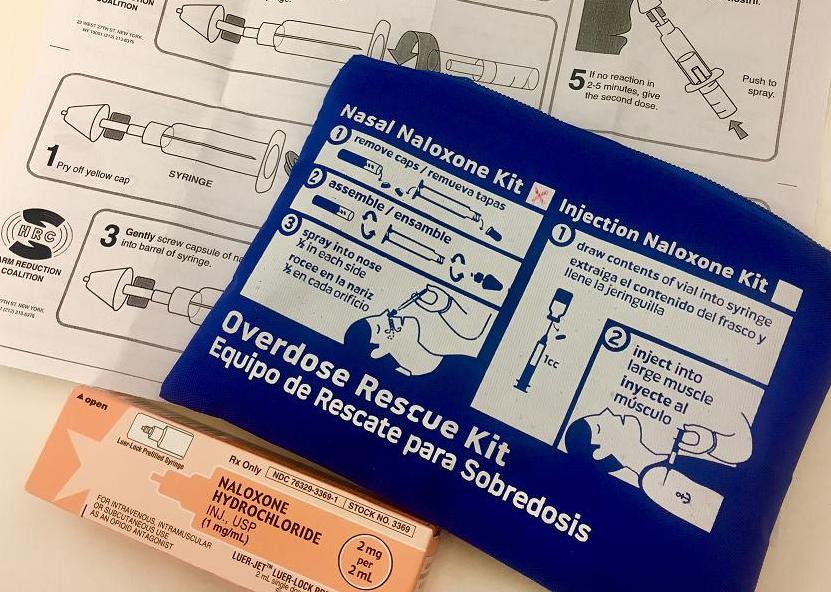Blog

Training to Save Lives
April 19, 2017Opioid overdoses are on the rise and the risk for opioid overdose death is particularly elevated for the population of clients CUCS serves. In our efforts to combat the epidemic, CUCS’ Janian Medical Care runs a special program – the Opioid Overdose Prevention Program (OOPP) – dedicated to educating and training staff, clients, and community members on opioid overdose reversal.
In 2006, a law took effect in New York State making it legal for non-medical persons to administer a life-saving drug, Naloxone, to another individual to prevent opioid overdose death. Since registering in 2015, Janian’s OOPP has trained both staff and residents in supportive housing programs and shelters across the five boroughs.
“The goals of the Opioid Overdose Prevention Program are to raise awareness about the epidemic of accidental death from opioid overdose, teach people how to recognize the signs of opioid overdose, and train them to respond to a suspected overdose by administering naloxone – a safe, easy to use antidote that reverses opioid overdose and saves lives,” explains Glen Davis, M.D., Janian’s OOPP Director.
Drug overdose is the leading cause of death for homeless New Yorkers, accounting for 21% of deaths.* Now, drug overdose deaths are the leading cause of injury death in the United States, surpassing deaths by motor vehicle accidents and firearms.
“The greatest impact of the OOPP initiative is that we have been able to save many lives,” he continues. To date, Janian’s OOPP has distributed 780 naloxone kits to professionals and clients at 27 programs, with 19 successful reversals with the distributed kits. Dr. Davis believes training clients is imperative because they are most likely to witness and respond in a possible overdose situation.
But training staff has been just as important because of their constant interaction with clients. OOPP recently held a training session at CUCS’ main office for general staff members where they learned the signs of an opioid overdose and how to easily administer naloxone through the nasal canal. Within two hours, 30 individuals were given life-saving tools.
Going forward, Janian wants to expand access to opioid overdoes prevention training, particularly in geographic areas that have been identified by the New York City Department of Health & Mental Hygiene as having the highest prevalence of opioid overdose.
“My hope is that our success in saving lives will also open windows of opportunity to help change lives by enhancing clients’ motivation to seek treatment for substance use disorders,” says Dr. Davis.
*2015 Annual Report on Homeless Deaths, New York City Department of Health and Mental Hygiene
